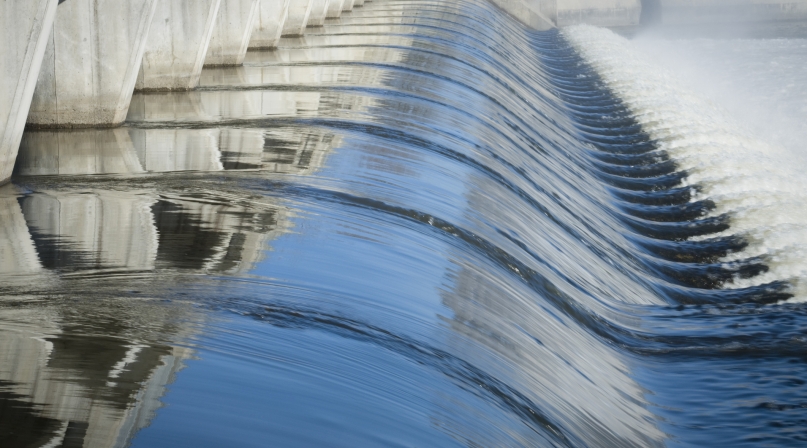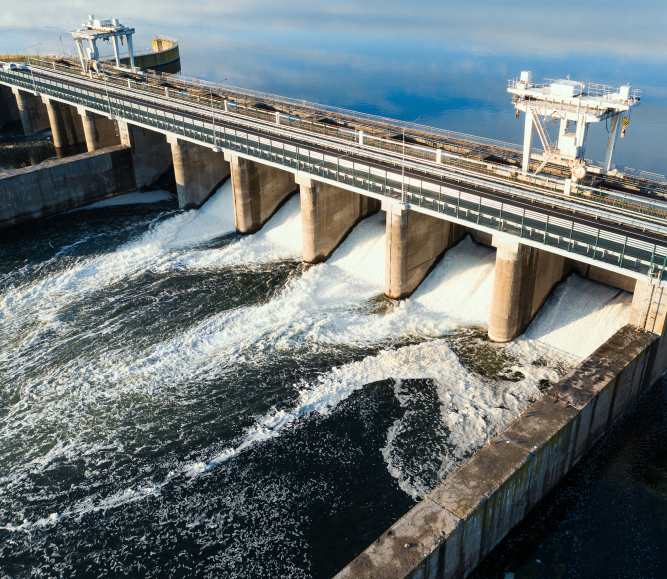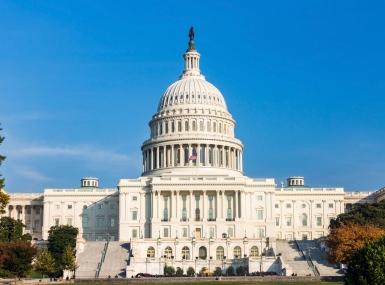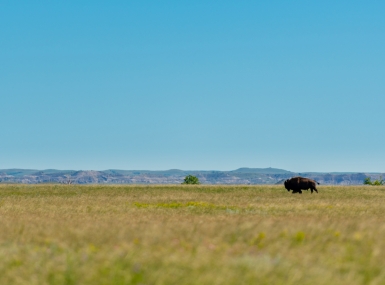Environmental Protection Agency announces $6.5 billion in available financing for water infrastructure projects
Author

Charlotte Mitchell Duyshart

Rachel Yeung
Upcoming Events
Related News

Key Takeaways
On September 6, the Environmental Protection Agency (EPA) announced $6.5 billion in funding for the Water Infrastructure Finance and Innovation Act (WIFIA) program. The WIFIA program is a federal loan program designed to accelerate water and wastewater infrastructure investment by providing long-term, low-cost supplemental loans for regionally and nationally significant projects, including many county water infrastructure projects.
How can WIFIA financing help counties?
Counties invest over $134 billion annually to build and maintain America's water and wastewater infrastructure. Counties frequently tackle water infrastructure needs, particularly when managing flooding threats and other water-related challenges. Significant federal investment is crucial for supporting their ongoing efforts and responding to water infrastructure demands.
The EPA is responding to demands by prioritizing investments in the following areas:
- Increasing investment in disadvantaged communities and improving health and livability
- Making progress on lead service line replacement
- Addressing PFAS and emerging contaminants
- Strengthening climate resilience in the water sector
- Supporting water innovation and resilience
The WIFIA program helps finance larger water infrastructure projects, primarily those with an anticipated cost of $20 million or more. Additionally, small communities with populations of 25,000 or less can receive funding for projects with a minimum cost of $5 million. Among the WIFIA benefits, single loans can be used for multiple projects.
County success stories
Counties across the U.S. have already seen impressive results from WIFIA funding:
Orange County, Calif.: The county completed its Ground Water Replenishment System Expansion, enhancing its drought-proof drinking water supply and reducing reliance on imported water. By lowering interest rates, the county saved an additional $75 million.
Sedgwick County, Kan.: The Northwest Water Treatment Facility in Wichita benefited from WIFIA by accelerating the project timeline by seven years, significantly improving the reliability of drinking water for residents.
Pierce County, Wash.: Tacoma's Electrical Distribution System Replacement project modernized the city’s sewer utility treatment plant. WIFIA’s deferred loan repayment option allowed the city to clear existing state-revolving fund loans before repaying the WIFIA loan.
How can counties apply?
The EPA is currently accepting letters of interest (LOI) from eligible applicants. WIFIA loans are available year-round, however, LOIs submitted on or after October 1, 2024, will be reviewed based on the scoring criteria in the most recent Notice of Funding Availability (NOFA).
For more information to apply, click here.
Additional Resources
Advocacy
U.S. House and Senate pass WRDA 2024, legislation moves to conference committee process
The Water Resources Development Act (WRDA) is the authorizing legislation for the U.S. Army Corps of Engineers, which allows the Corps to conduct studies, construct projects and research activities to improve U.S. waterways.

Related News

U.S. House of Representatives passes SPEED Act and other permitting reform bills
On December 18, the U.S. House of Representatives passed the SPEED Act (H.R. 4776). The SPEED Act would strengthen county involvement in decision-making and make needed commonsense reforms to the federal environmental review process.

House Natural Resources Committee advances the Endangered Species Act Amendments Act of 2025
On December 17, the House Natural Resources Committee advanced the Endangered Species Act (ESA) Amendments Act of 2025 (H.R. 1897). The version passed by the committee adopted several changes from the initial bill and would address key county concerns by improving the implementation of the ESA. The legislation now awaits a floor vote before the whole U.S. House of Representatives.

Counties and Railroads: Shared Priorities for the Next Surface Transportation Bill
County leaders from across the country have a vital opportunity to ensure their infrastructure priorities are front and center.